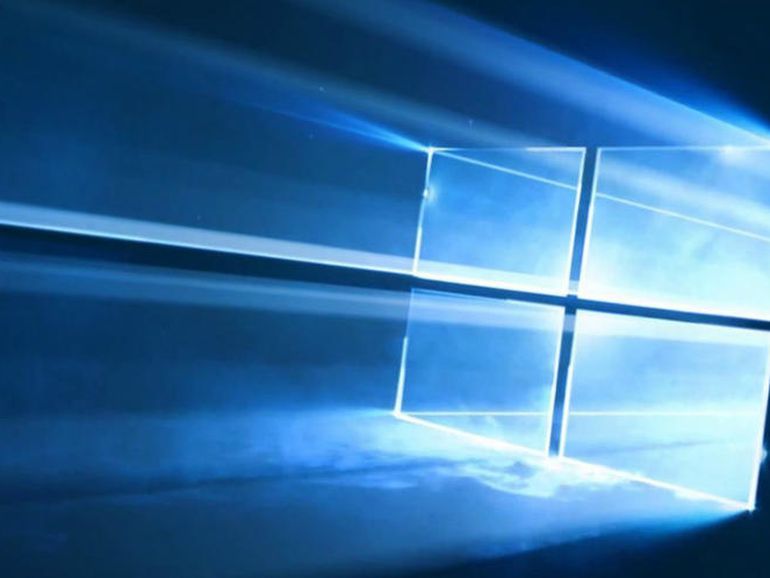New Windows APIs show that Microsoft is preparing for dual-screen devices.
The latest preview of Windows 10 has turned up a new set of APIs that could give away more clever hinge functionality that Microsoft is planning for the rumored Surface Phone or some other foldable mobile device.
Whatever Microsoft eventually delivers, the hinge looks set to be a central feature based on past design patents and tweaks to Windows in the preview build 17704 released this week that could be part of Microsoft's Andromeda OS project.
The new hinge APIs, spotted by Walking Cat, mention a two-panel hinged device and five different states it may be in and how Windows would respond to it to cater for different viewing modes.
The five states include closed, concave, flat, convex, and full. These positions are similar to the various ways some single-screen 2-in-1s with 360-degree foldable screens can be set for different viewing modes.
Microsoft has explored hinge-based interactions in past patents, which would allow the user to give system commands and interact with applications through hinge movements combined with other inputs, such as how fast the hinge is moved or how the user is holding the device.
Other hinge patents describe how Microsoft would dynamically adjust the user interface (UI) for each position.
Folded flat, the UI would enter tablet mode, while in a notebook position it would present a virtual keyboard on the flat screen, and in tent mode it could display an alarm clock.
Windows Phone may be long dead now, but Microsoft CEO Satya Nadella has said the company will make more phones one day, only they won't look like what the world knows today. The patents and the new Windows hinge APIs keep dreams of a Surface Phone alive.
But 2019 is also set to be the year more dual-screen computing devices launch, and Microsoft could be developing Windows features for those.
At Computex early this month Lenovo and Asus teased dual-screen laptops, and Intel also revealed its Tiger Rapids dual-screen concept computer running on an Intel Core i7 and Windows 10.






No comments:
Post a Comment